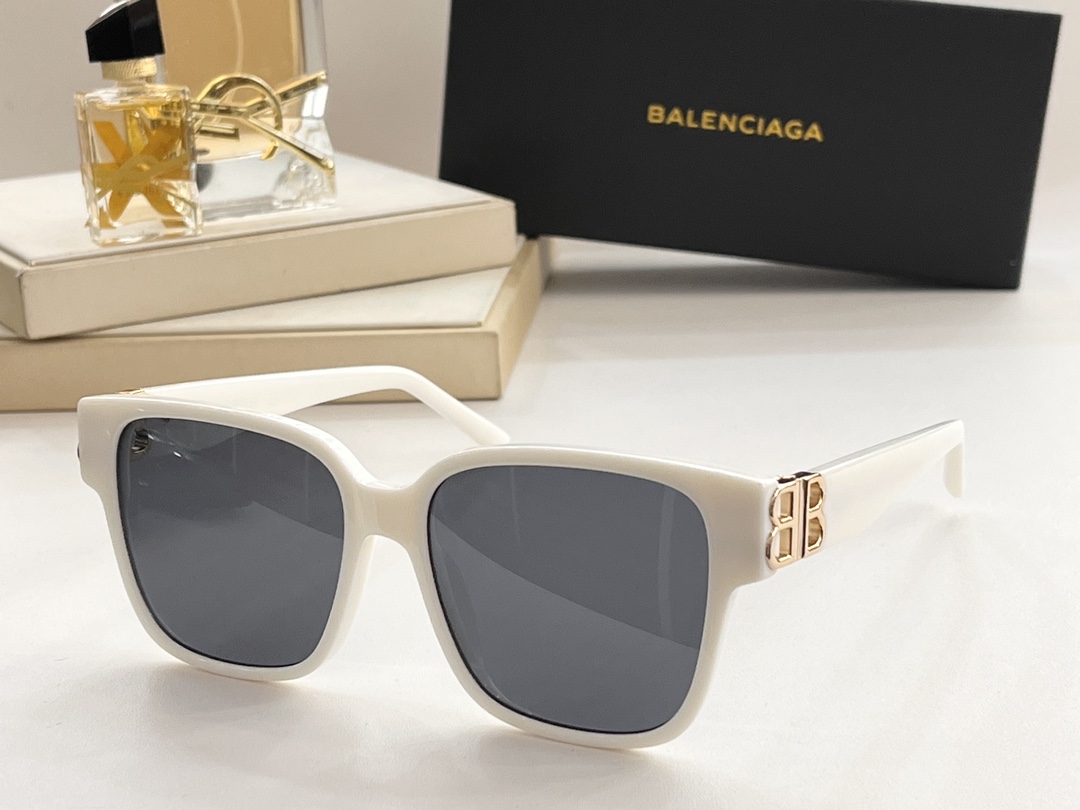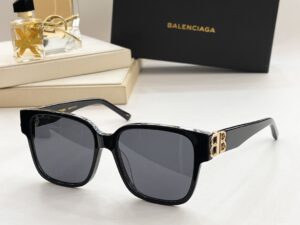Understanding the Link Between Sun Exposure and Headaches
Sun exposure is often an overlooked factor contributing to headaches, particularly for individuals susceptible to migraines. Studies indicate that bright sunlight can trigger migraines in some individuals due to the way light affects the brain. This phenomenon is primarily linked to light sensitivity, or photophobia, which is the discomfort felt in bright light conditions. When subjected to intense light, individuals may experience an increase in tension within the ocular muscles. This leads to eye strain, a precursor to headaches that can escalate to more severe forms, including migraines.
The biological mechanisms behind these reactions can be traced to the way our eyes and brain interact with light. The retina contains specialized cells that respond to light exposure, and in individuals with light sensitivity, these cells may send overstimulated signals to the brain. Consequently, this heightened sensitivity can provoke neurological responses that manifest as headaches. Furthermore, the glare from reflective surfaces, such as water, pavement, or snow, can exacerbate the discomfort, leading to a cycle of glare-induced headaches.
Wearing sunglasses with adequate UV protection serves as a practical intervention to mitigate these adverse effects. High-quality sunglasses can reduce glare and filter out harmful UV rays that can further strain the eyes. When selecting the right pair, individuals should consider lenses that provide both UV protection and polarization to minimize glare. Additionally, ensuring that sunglasses fit properly without slipping down the nose will help maintain adequate coverage to shield the eyes from direct sunlight. By incorporating sunglasses into daily wear, individuals can effectively reduce the risk of sun-induced headaches, thereby enhancing comfort during exposure to bright environments.
How Sunglasses Help in Reducing Headaches
Headaches can be triggered by various environmental factors, particularly bright sunlight and glare. Wearing sunglasses plays a significant role in minimizing these triggers, contributing to headache prevention. The primary mechanism through which sunglasses assist in this mitigation is by reducing exposure to intense light and glare that can cause discomfort and strain on the eyes.
Polarized lenses are particularly effective in this regard as they are designed to filter out horizontal light waves, thereby minimizing glare from reflective surfaces such as water, roads, and glass. This reduction in glare can lead to decreased eye strain, which is often associated with headaches. Additionally, many individuals report that polarized sunglasses help them better tolerate bright outdoor conditions, thus preventing the onset of headaches in sensitive individuals.
Tinted lenses offer further benefits by reducing overall light intensity, which can be particularly advantageous for those with light sensitivity—a common condition that can trigger headaches for many. Tinted lenses come in various hues, allowing individuals to customize their eyewear based on personal comfort levels with brightness. Many experts suggest that even in overcast conditions, wearing sunglasses can provide an added layer of protection against sudden bright spells that may induce headaches.
As noted by Dr. Emily Hartman, an ophthalmologist specializing in headache-related conditions, “Patients often report that utilizing sunglasses with effective polarization significantly reduces their migraines’ frequency, especially during outdoor activities.” Testimonials from headache sufferers corroborate this, emphasizing that the regular use of sunglasses has not only provided immediate relief but has also contributed to reduced overall headache occurrence. Ultimately, incorporating quality sunglasses into one’s daily routine can be a simple yet powerful strategy to alleviate headaches related to bright light exposure.
The Role of Sunglasses in Preventing Wrinkles Around the Eyes
The prevalence of ultraviolet (UV) rays poses a considerable threat to skin health, especially in delicate areas such as the skin surrounding the eyes. This region, characterized by thinner and more sensitive skin, is particularly susceptible to the damaging effects of UV exposure. As individuals engage in outdoor activities, long-term exposure to sunlight can lead to premature skin aging, which manifests as wrinkles, fine lines, and other forms of skin deterioration. Thus, wearing sunglasses emerges as an essential habit not only for eye protection but also for maintaining the integrity of the surrounding skin.
Sunglasses equipped with UV protection serve as a barrier against harmful rays that can penetrate the skin. By shielding the eyes and their delicate area from direct sunlight, sunglasses help to reduce the likelihood of developing crow’s feet and other wrinkle-related issues around the eyes. The incorporation of wraparound styles or larger frames further enhances this protective effect, ensuring more comprehensive coverage of the skin. Consequently, wearing sunglasses consistently can significantly contribute to preserving a youthful appearance in the long run.
Moreover, the aesthetic impact of sunglasses extends beyond mere UV protection. The act of squinting, a common reflex to avoid bright light, can cause muscular contractions around the eyes, contributing to wrinkle formation over time. By wearing sunglasses, individuals can mitigate this reflex, thereby reducing the potential for wrinkle development induced by repeated squinting. Furthermore, fashionable sunglasses can serve as a stylish accessory, amplifying one’s overall appearance while simultaneously providing necessary skin protection.
In summary, the benefits of wearing sunglasses are manifold. Beyond the obvious advantage of safeguarding one’s eyesight, they play a crucial role in preventing wrinkles around the eyes, thereby promoting long-term skin health and sustaining a youthful look. Investing in high-quality sunglasses is a worthy consideration for anyone mindful of both aesthetic appeal and skin integrity.
Choosing the Right Sunglasses for Eye and Skin Health
Selecting the right sunglasses is crucial for ensuring optimal protection against headaches and the onset of skin wrinkles. When evaluating sunglasses, the primary consideration should be ultraviolet (UV) protection. Sunglasses that block 99% to 100% of UVA and UVB rays are essential as prolonged exposure to these harmful rays can not only lead to further headaches but also contribute to premature skin aging. Look for labels that indicate UV protection to guarantee that your eyes and skin are shielded effectively.
Another important feature to consider is polarization. Polarized lenses help reduce glare from reflective surfaces, such as water or pavement, which can be a significant contributor to headaches for many individuals. By minimizing glare, polarized sunglasses enhance visual comfort and clarity, making them a worthwhile investment for anyone prone to migraine triggers.
Lens color options also play a role in determining the effectiveness of your sunglasses. Darker lenses absorb more light and can be beneficial in bright conditions, while options such as amber or yellow can improve contrast, making them suitable for overcast days. Ultimately, the choice of lens color should complement your surroundings and personal preferences.
In addition to lens features, the frame style matters significantly. Wide, wrap-around frames not only block out light from the sides but also provide additional protection for the skin around the eyes. Ensuring a proper fit is equally important; sunglasses should fit snugly without causing pressure or discomfort on the nose or ears. Adjustable nose pads and flexible arms can further enhance comfort, making it easier to wear sunglasses for extended periods.
Finally, consider investing in reputable brands and styles known for their quality and reliability. Researching customer reviews and expert recommendations will help you find sunglasses that align with your needs, embracing the dual benefits of aesthetic appeal and health protection.



